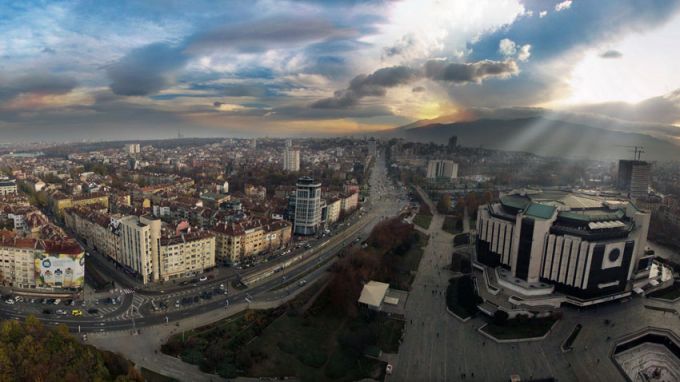 9
9
135 years ago on April 3 the constituent assembly in the city of Turnovo made Sofia the Bulgarian capital city. This happened a year after the Liberation of the country from Ottoman rule. But why Sofia? The city is the inheritor of ancient Serdica - the center of a vast Roman province. During the centuries it was an important strategic, cultural and trade hub. Renowned historian and politician professor Marin Drinov played an important role in the decision for making Sofia the new Bulgarian capital city. Drinov was then Sofia vice governor.
How did Sofia look after Bulgaria’s Liberation? Alexander Mirkov from the Museum of Sofia History told us more: “It was an old oriental city with narrow and dirty streets. It was also surrounded by a deep pit dug in 1815. The territory of the city was some 2.8 square kilometers and 75 percent of this was buildings and streets. The rest were fields. Right after the Liberation Sofia’s population was 11 700 people.”

After the census held in 1880 the number of people living in Sofia was over 20,000 people. 12 years later it became the most populous city in the country. At the beginning of the Second World War its citizens were 400,000. In a period of 60 years the population in Sofia rose 20 times. The population of the whole country nearly tripled. The demographic development of the city was swift, Alexander Mirkov says. After 1880 the first regulation plans were adopted, too. The capital city was divided into 5 regions; new streets were built and rules for construction of private and social buildings were adopted. In that period, especially during the time when Dimitar Petkov was mayor, a number of today’s emblematic boulevards and streets were constructed. New neighborhoods also emerged. In 1895 the village of Poduene was included within the city limits. By the end of the 19th century the territory of Sofia was 7.3 square kilometers. In 1938 the territory was 45 square kilometers.”

Which are the most successful periods in the development of the capital? According to Alexander Mirkov, there are three periods. The first starts after the Liberation and continues until the Balkan wars of 1912-1913. During that period over 50 foreign architects, technicians, decorators came to Sofia and most of them stayed. Impressive buildings from that time have remained. Some of them are characterized by the Late Secession style. In the last two decades of the 19th century the emblematic buildings of the National Assembly, the Military School, the Officers’ Club and others were built. At that time Bulgaria was a monarchy and the former Turkish konak (police headquarters) was turned into a palace by architect Rumpelmayer. The building was expanded, halls and offices were built. Later architect Grünanger built apartments for the royal family, an elevator, guest room and others. In 1900 Sofia became one of the first capitals with electricity. A year later the first trams started moving along the streets. They used to stop when passengers wanted and there were two travel classes. The citizens of Sofia, however, were angry with the division and it was dropped. The Knyazhevo line was the most used and it still operates today.

The next fruitful period for the development of the capital city was in the period 1934-1939 during the term in office of Mayor Ivan Ivanov. The city became greener and cleaner affected by the spirit of modern European urban planning.
“I would like to mark a third period (in the times of Socialism) which starts in the beginning of the 50s and continues until the 70s. Renowned Bulgarian banker and politician Dimitar Petkov was a key figure during that period. He was Mayor of Sofia for 9 years. In 1951 the Council of Ministers issued a decree for the reconstruction of the center of Sofia. Some drastic measures were included like demolishing the St. Nedelya church, the royal palace and others. Fortunately, this did not happen and these buildings continue to exist. In the next 5-6 years the buildings of the Council of Ministers, the Central Store and the Balkan Hotel (today’s Sheraton) were built. This way Sofia received a different look despite the fact that architecture had to be in accordance to the principles of socialist realism.”
What shouldn’t Sofia’s guests miss when they come to the city?
I would recommend a tour starting from the Sofia University, going to the National Assembly, the Alexander Nevsky Cathedral, Alexander Mirkov says. One should not miss the St. Sofia church, with its underground exhibition. One should visit the St. George rotunda and the Central Bath, opened in 1913. I hope that the Sofia Museum will move there soon. Tourists should also pay a visit to the Central Hali, the National Theatre and the St. Nedelya church. If one had more time, they could pay a visit to the Boyana church, the National Museum of History and the Vrana Palace.
English version: Alexander Markov
The exhibition "Codes of Identity", which opens today in Sofia, presents ancient Bulgarian lineages that have left a lasting legacy. The venue is the National Archaeological Institute with Museum at the Bulgarian Academy of Sciences (NAIM-BAS) In..
June 11, 2007 - US President George W. Bush Jr. visits Sofia. According to protocol, the press conference he held for the media took place among the exhibits of the National Archaeological Museum. The official lunch for the guest was later held at the..
On November 10, 1989, a plenum of the Central Committee of the Bulgarian Communist Party ousted its General Secretary and Chairman of the State Council, Todor Zhivkov. This marked the symbolic beginning of the transition from a one-party system to..
The Feast of the Epiphany - the entry of the Theotokos into the Temple - is one of the oldest and most revered feasts in the Orthodox world. It was..
On November 22 and 23, the Bulgarian Orthodox Church will solemnly celebrate the 100th anniversary of the consecration of the Patriarchal Cathedral "St...

+359 2 9336 661
